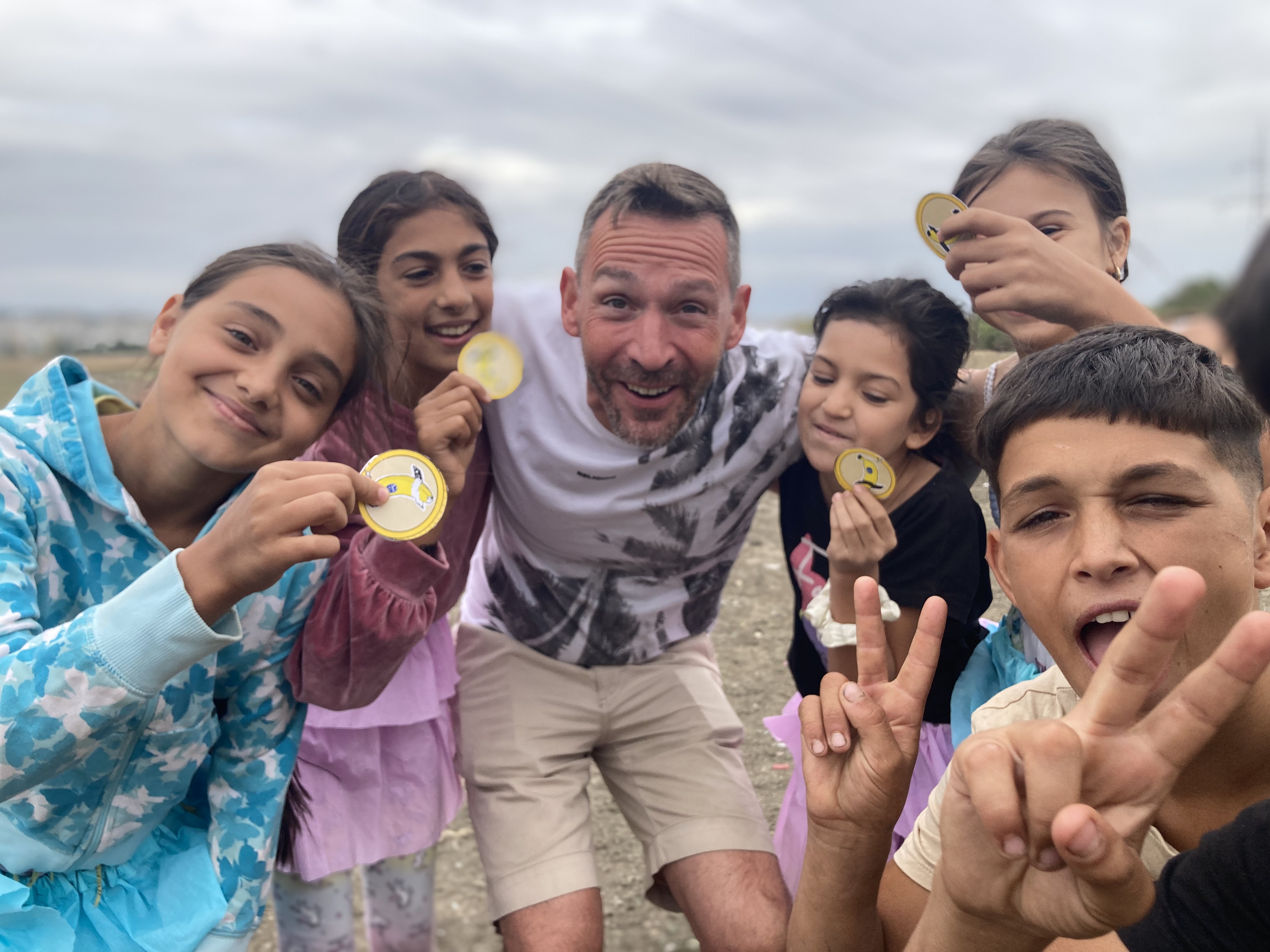Escaping the trap of single-option focus: How the streets of Guatemala changed my view on learning
It started with a drink on a boat in Ghent.
I had spent years in academia and the Learning & Development (L&D) world, immersed in research, frameworks, and theory. So when Arnoud—my friend and founder of Mobile School—asked me, “Would you like to co-found a training organisation inspired by street kids?”, I froze.
I was the bookworm. He was the practitioner. I had spent little time understanding the lived reality of street-connected youth. I thought I knew the challenges: poverty, addiction, instability. But I hadn’t yet seen their resilience, creativity, or leadership. And that was the moment I realised I was stuck—not in ignorance, but in single-option focus.
When theory meets the street
I had always believed in evidence-based thinking. But back then, I thought that meant peer-reviewed journals, rigid frameworks, and expert panels. What I didn’t realise was that true evidence-based practice means integrating science and lived experience. You can’t innovate in the real world with theories alone. You have to feel the texture of reality. You have to let go of certainty.
That’s where the trap comes in.
What is single-option focus?
Single-option focus is the cognitive tendency to fixate on one solution—often the most obvious or available—while overlooking other viable alternatives. It’s a survival mechanism, not laziness. Under stress, our thinking narrows. The result? We miss opportunities that are hiding in plain sight.
When Arnoud later asked me to name something positive I’d seen on the streets of Guatemala, I couldn’t think of a single thing. My mind was filled with images of violence, addiction, and despair. The strengths, the creativity, the invisible acts of leadership? I didn’t see them—because I wasn’t looking for them.
This is what single-option focus does. It turns our peripheral vision off when we need it most.
A widespread pitfall
This isn’t just a personal issue. It’s institutional. In politics, leaders often cling to ideology even when facts shift. In business, companies hold tight to legacy models long after the market has moved on. Research shows that in volatile environments, exploratory strategies consistently outperform exploitative ones (Gavetti, 2012). And yet, we stick to what we know.
In adolescents, this tunnel vision is especially common. Their developing brains naturally lean toward binary thinking and impulsivity under pressure (Steinberg, 2008). But adults and organisations fall into the same trap—often with higher stakes.
And that’s exactly where I found myself: staring at the streets, eyes wide open, but blind to the real insights right in front of me.
Experience and evidence: Not opposites, but allies
There’s a common misconception that science stifles creativity. That structure and strategy kill intuition. But the truth is the opposite: when used correctly, evidence-based methods amplify insight.
Scientific reasoning—like hypothesis testing and counterfactual thinking—has been shown to increase creativity and innovation under uncertainty (Tripathy et al., 2024). In fact, studies show that strategic frameworks enhance learning agility (Eisenhardt & Graebner, 2024), and structured analogical thinking boosts creative problem-solving (Gavetti & Rivkin, 2018).
In my own experience, combining lived immersion with methods like Positive Deviance and DEMATEL gave me clarity I couldn’t have reached through theory alone. These tools didn’t provide easy answers—they helped me ask better questions.
From books to the streets—and back again
Looking back, I probably wouldn’t have noticed a leverage point if it had tripped me in the streets of Guatemala. But once I stepped out of my academic filter and immersed myself in the chaos, I started to see patterns. Resilience. Innovation. Leadership.
That’s why, from day one at StreetwiZe, we’ve embraced a model that fuses fieldwork and science. We don’t rely on either/or thinking. We build on both lived wisdom and evidence-based tools to make sense of messy realities.
Because whether you’re working in slums, schools, or boardrooms—the solutions often already exist. The key is learning how to see them.
– Bram
Founding Partner, StreetwiZe






